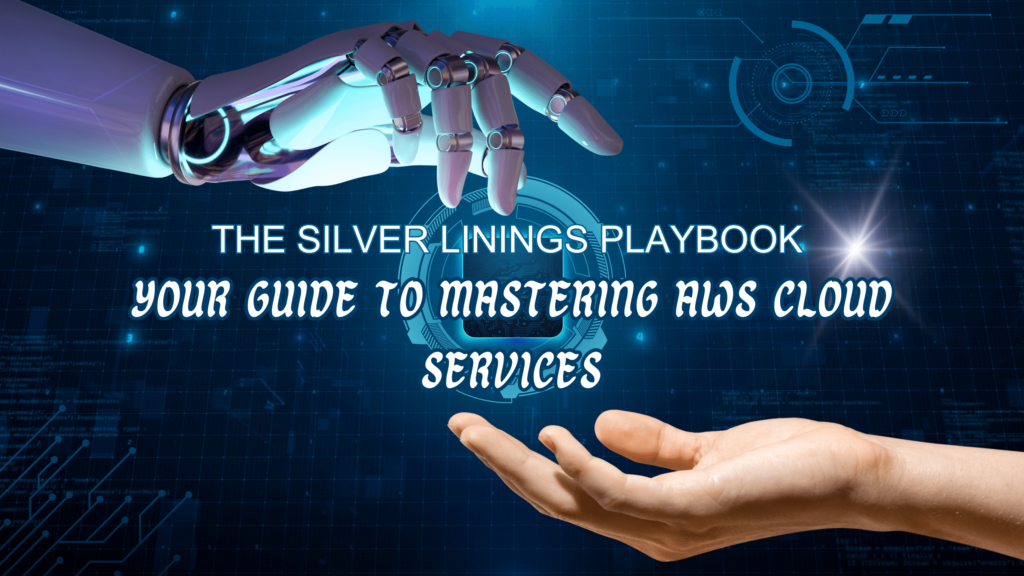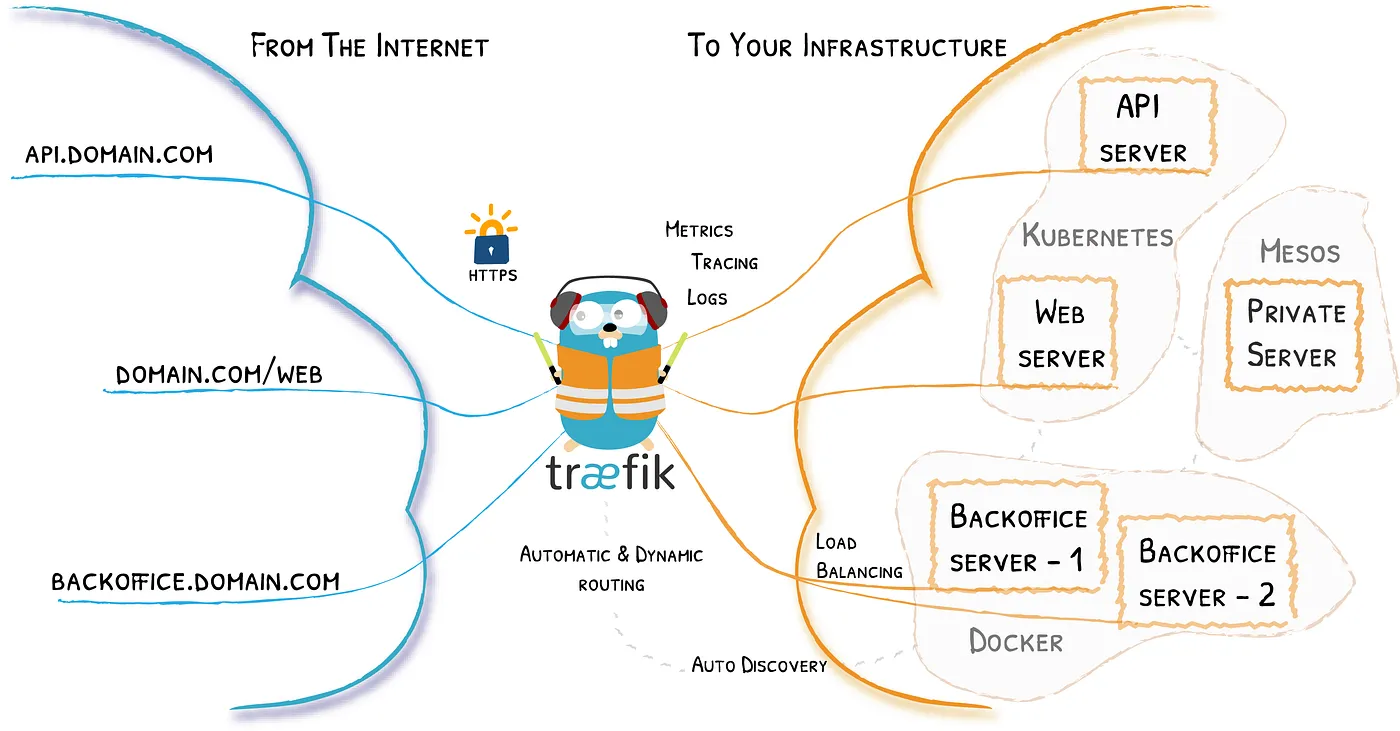When it comes to Dockerizing your Spring Boot application, following best practices is key to ensuring a smooth and efficient deployment. In this article, we’ll delve into these practices and provide code examples to help streamline your Dockerization process.
1. Choose the Right Base Image
Selecting the appropriate base image is crucial for your Spring Boot app. Opt for an OpenJDK base image that aligns with your Java version, ensuring compatibility and efficiency. Here’s a snippet using OpenJDK 11 as an example:
FROM openjdk:11
COPY target/my-application.jar app.jar
ENTRYPOINT ["java", "-jar", "/app.jar"]2. Build a Slim Image
Keep your Docker image size minimal for faster transfers, reduced storage requirements, and quicker container startups. Employ multi-stage builds to achieve this. Check out this example:
# First stage: build the application
FROM maven:3.8.3-jdk-11 AS build
COPY . /app
WORKDIR /app
RUN mvn package -DskipTests# Second stage: create a slim image
FROM openjdk:11-jre-slim
COPY --from=build /app/target/my-application.jar /app.jar
ENTRYPOINT ["java", "-jar", "/app.jar"]3. Leverage Environment Variables
Harness environment variables to configure your Spring Boot app dynamically without Docker image rebuilds. This example sets an environment variable for the active profile:
FROM openjdk:11
ENV SPRING_PROFILES_ACTIVE=production
COPY target/my-application.jar app.jar
ENTRYPOINT ["java", "-jar", "/app.jar"]4. Docker Compose for Service Definitions
Use Docker Compose to define your app’s services and dependencies, simplifying management and deployment. This snippet demonstrates defining a Spring Boot app and a MySQL database:
version: '3'
services:
db:
image: mysql:5.7
environment:
MYSQL_ROOT_PASSWORD: my-secret-pw
MYSQL_DATABASE: my-database
volumes:
- db_data:/var/lib/mysql
web:
build: .
ports:
- "8080:8080"
environment:
SPRING_DATASOURCE_URL: jdbc:mysql://db:3306/my-database
SPRING_DATASOURCE_USERNAME: root
SPRING_DATASOURCE_PASSWORD: my-secret-pw
volumes:
db_data:5. Implement a Reverse Proxy
Enhance your app’s scalability, security, and load balancing by employing a reverse proxy to manage incoming traffic. Here’s an example of using Nginx as a reverse proxy in a Docker Compose setup:
version: '3'
services:
web:
build: .
environment:
SPRING_PROFILES_ACTIVE: production
ports:
- "8080:8080"
proxy:
image: nginx
ports:
- "80:80"
volumes:
- ./nginx.conf:/etc/nginx/nginx.conf:ro
depends_on:
- web6. Monitor with Health Checks
Ensure the health of your application by implementing health checks, which can help in automatic recovery or scaling based on the application’s status. Add a health check to your Docker image like this:
FROM openjdk:11
COPY target/my-application.jar app.jar
HEALTHCHECK --interval=5s \
--timeout=3s \
CMD curl -f http://localhost:8080/actuator/health || exit 1
ENTRYPOINT ["java", "-jar", "/app.jar"]7. Optimize with Docker Caching
Speed up image builds by utilizing Docker caching. Multi-stage builds and caching dependencies can significantly reduce build times. Here’s an example:
FROM openjdk:11 as builder
WORKDIR /app
COPY pom.xml .
RUN mvn dependency:go-offline
COPY src/ ./src/
RUN mvn package -DskipTests
FROM openjdk:11
COPY --from=builder /app/target/my-application.jar app.jar
ENTRYPOINT ["java", "-jar", "/app.jar"]8. Use a .dockerignore File
Exclude unnecessary files and directories from the Docker build context using a .dockerignore file. Improve build performance and security with this practice
# Ignore all files in the root directory
*
# Include the src directory
!src/
# Include the pom.xml file
!pom.xml
# Exclude the target directory and its contents
target/9. Add Metadata with Labels
Enhance Docker image usability and maintainability by adding metadata labels. These labels provide information about the image, such as its version or maintainer. Here’s an example:
FROM openjdk:11
LABEL maintainer="John Doe <john.doe@example.com>"
LABEL version="1.0"
LABEL description="My Spring Boot application"
COPY target/my-application.jar app.jar
ENTRYPOINT ["java", "-jar", "/app.jar"]10. Embrace Container Orchestration
For production environments, employ container orchestration tools like Kubernetes or Docker Swarm. These tools automate deployment, scaling, and management, ensuring high availability and scalability. Here’s a snippet of a Kubernetes deployment file:
apiVersion: apps/v1
kind: Deployment
metadata:
name: my-application
labels:
app: my-application
spec:
replicas: 3
selector:
matchLabels:
app: my-application
template:
metadata:
labels:
app: my-application
spec:
containers:
- name: my-application
image: my-registry/my-application:1.0
ports:
- containerPort: 8080In conclusion, Dockerizing your Spring Boot application can be a streamlined process when you adhere to these best practices. They empower you to leverage the advantages of Docker and facilitate deployments across various platforms.





